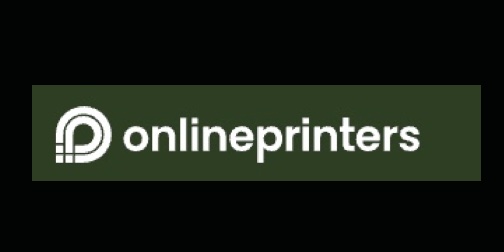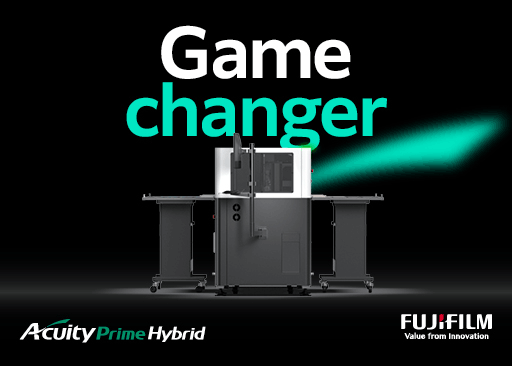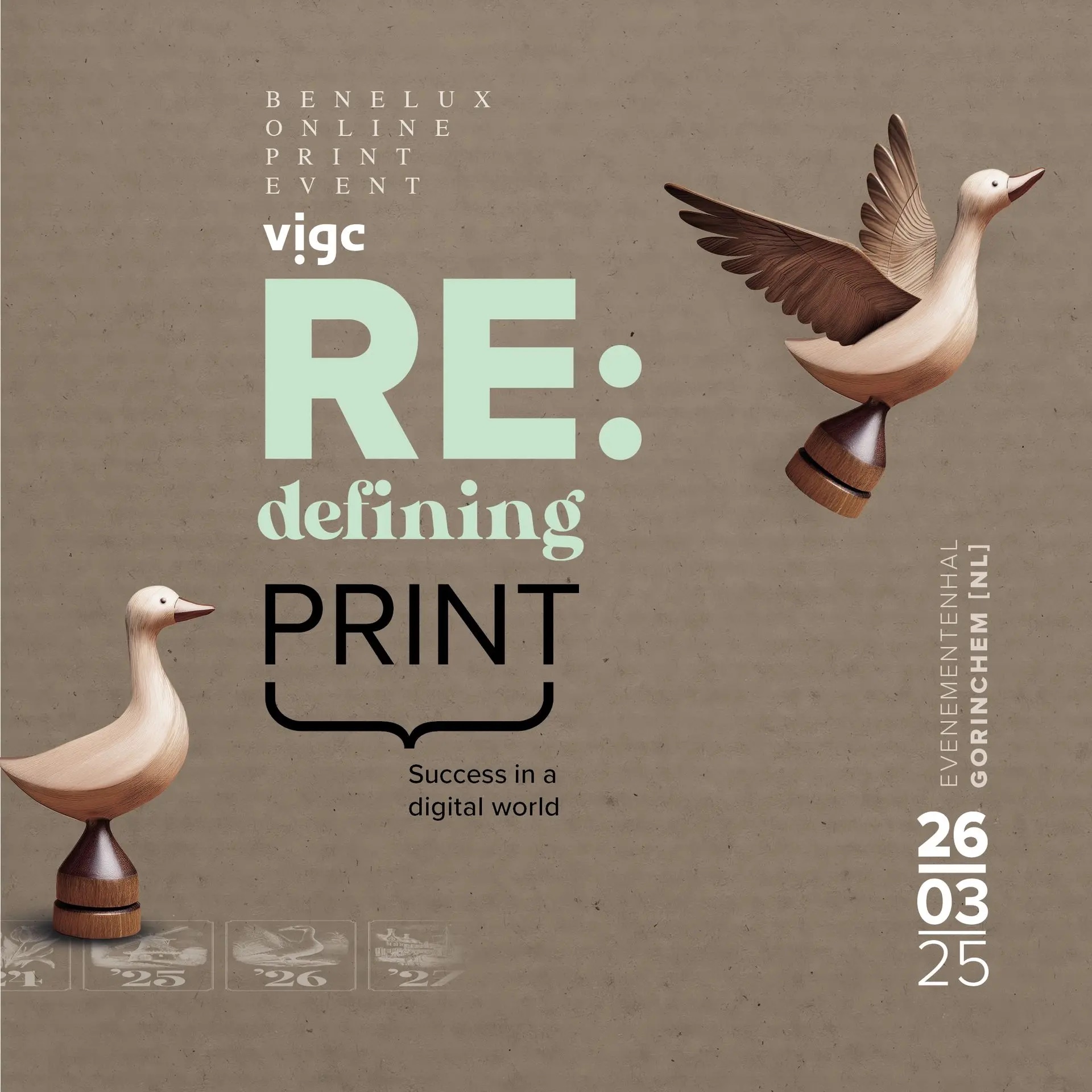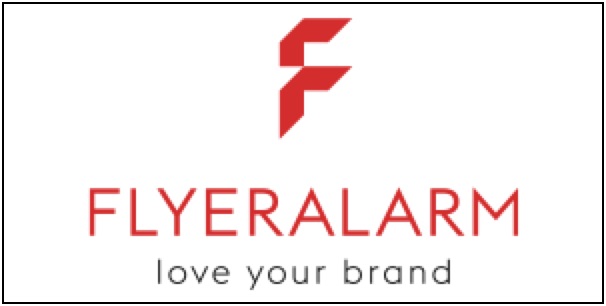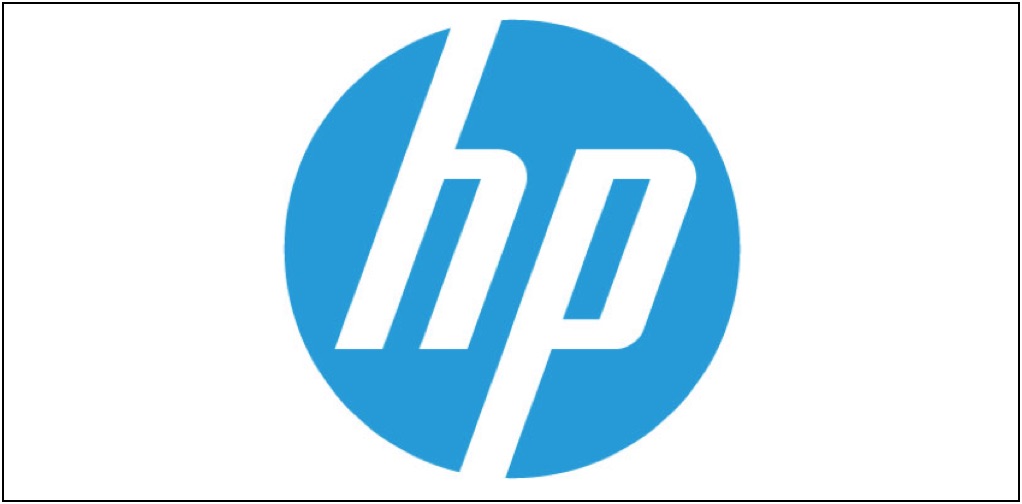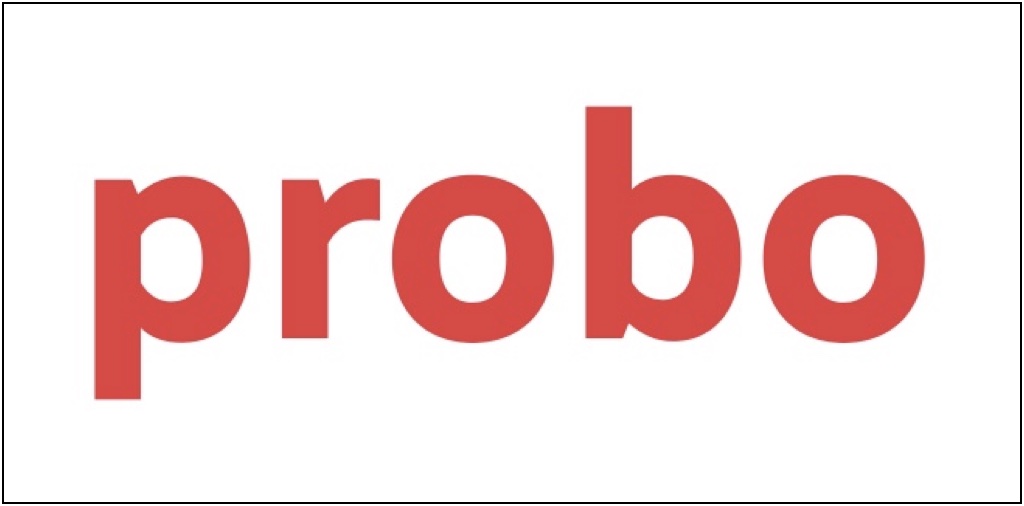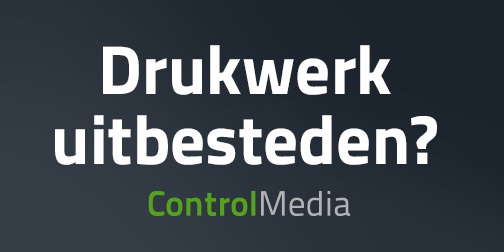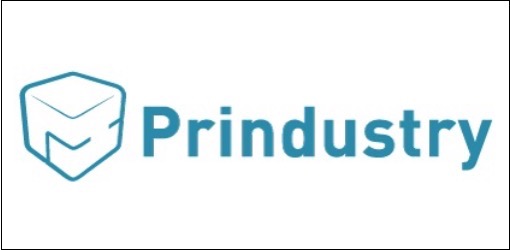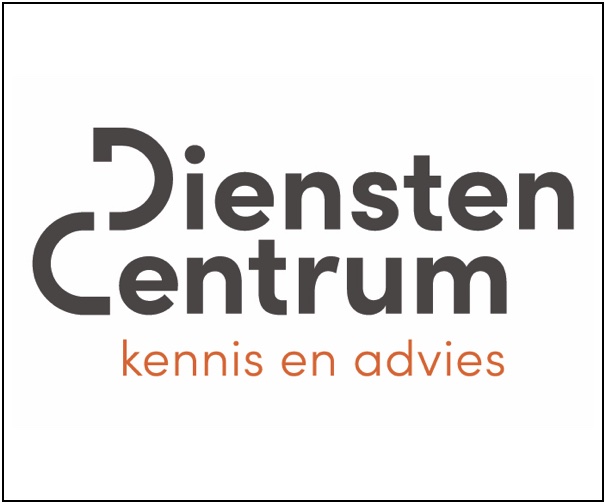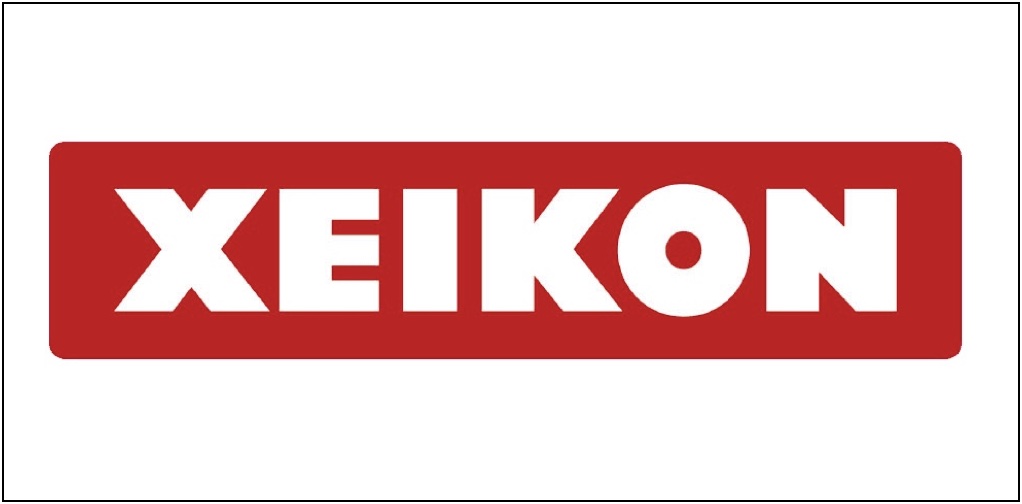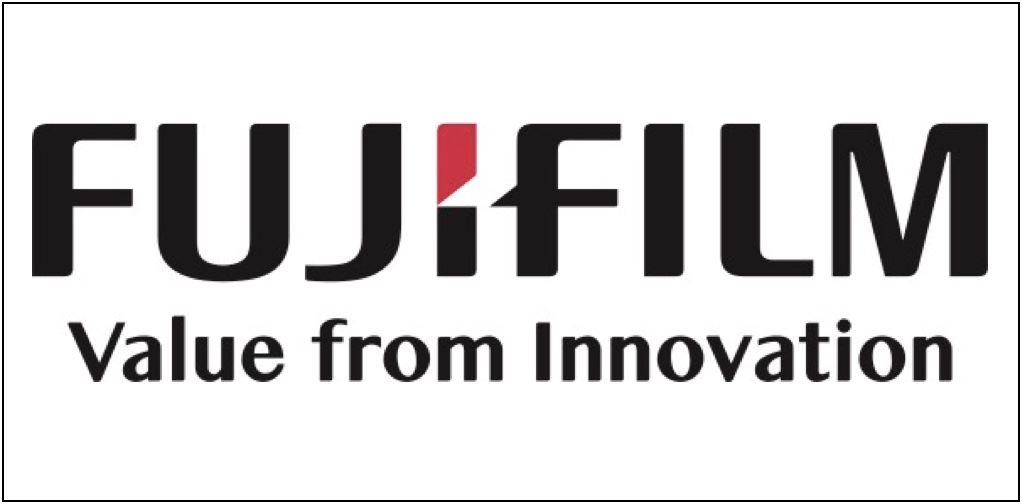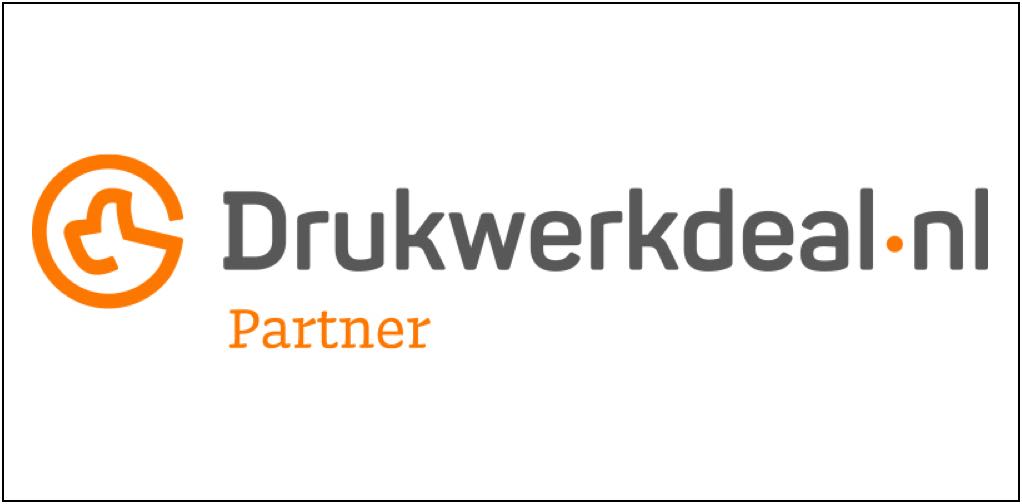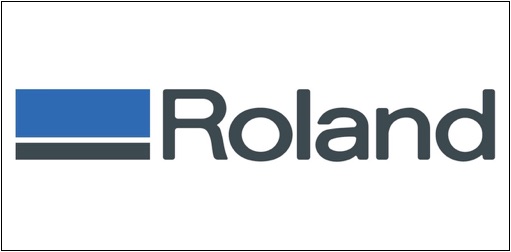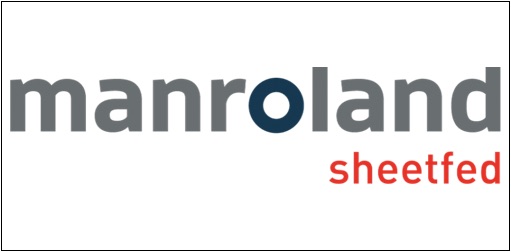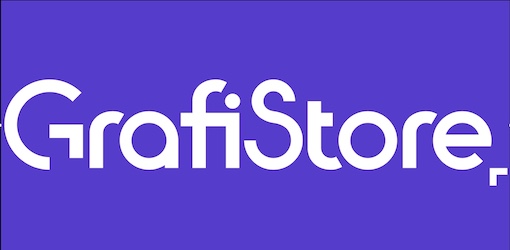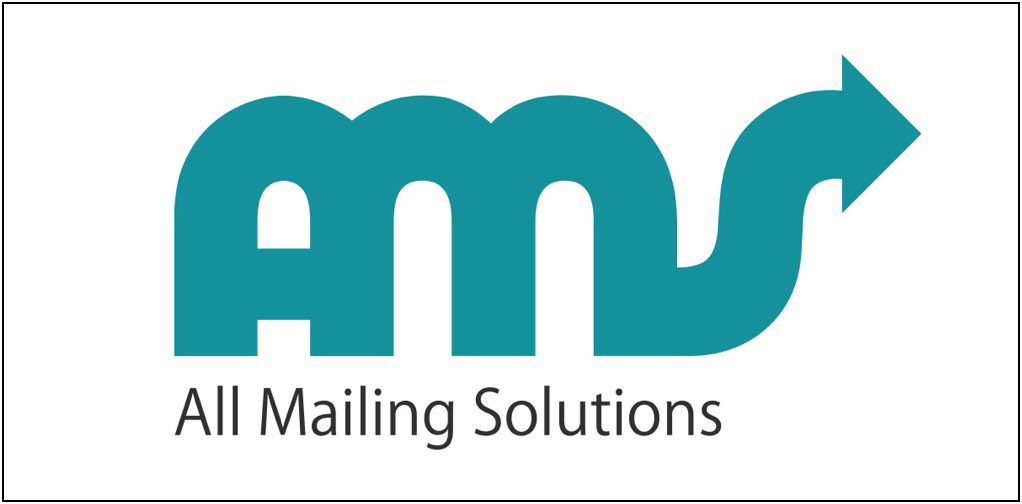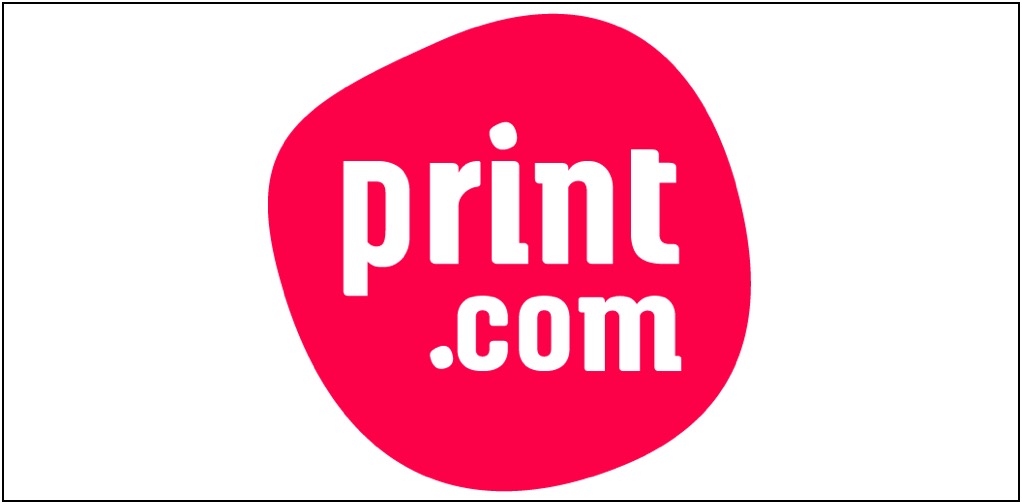Rob van den Braak
 Vijf jaar geleden kwam Adobe met zijn Digital Publishing Suite, een compleet softwarepakket om apps te maken van elke soort content. Nu wordt van de zomer DPS vervangen door Adobe Publish, met als grootste verandering dat je nu niet meer per publicatie betaalt, maar een vooraf bepaald vast bedrag, een flat fee. Nieuw zijn ook meer en betere gereedschappen waarmee schrijvers/journalisten en hun managers een uitgave niet alleen kunnen maken maar ook het hele proces tot aan de verkoop van de digitale content kunnen volgen. Meer info over Publish dat onder het motto “content first” deze zomer op de markt wordt gebracht via deze link.
Vijf jaar geleden kwam Adobe met zijn Digital Publishing Suite, een compleet softwarepakket om apps te maken van elke soort content. Nu wordt van de zomer DPS vervangen door Adobe Publish, met als grootste verandering dat je nu niet meer per publicatie betaalt, maar een vooraf bepaald vast bedrag, een flat fee. Nieuw zijn ook meer en betere gereedschappen waarmee schrijvers/journalisten en hun managers een uitgave niet alleen kunnen maken maar ook het hele proces tot aan de verkoop van de digitale content kunnen volgen. Meer info over Publish dat onder het motto “content first” deze zomer op de markt wordt gebracht via deze link. In cooperation with ESMA, the non-profit association of companies specializing in industrial printing, FESPA 2015 (18 – 22 May in Cologne, Germany) has filled an entire hall with industrial applications for the manufacturing of printed electronics, décor and laminates and automotives. During the Industrial Print Showcase ESMA will deliver ´Lunch & Learn´ sessions together with industry partners about best practices, applications and markets. More information about the Industrial Print Showcase can be found via this link.
In cooperation with ESMA, the non-profit association of companies specializing in industrial printing, FESPA 2015 (18 – 22 May in Cologne, Germany) has filled an entire hall with industrial applications for the manufacturing of printed electronics, décor and laminates and automotives. During the Industrial Print Showcase ESMA will deliver ´Lunch & Learn´ sessions together with industry partners about best practices, applications and markets. More information about the Industrial Print Showcase can be found via this link.
Lees verder....
 In samenwerking met ESMA, de organisatie van bedrijven gespecialiseerd in industrial printing, heeft FESPA 2015 (18 t/m 22 mei in Keulen) een complete hal gevuld met industriële toepassingen voor het fabriceren van printed electronics, decors & laminaten en producten voor de automobiel industrie. In de Industrial Print Showcase organiseert ESMA ook een aantal ‘lunch & Learn’ sessies waarin het met partners toepassingen, markten en best practice cases bespreekt. Meer info over de Industrial Print Showcase vind je via deze link.
In samenwerking met ESMA, de organisatie van bedrijven gespecialiseerd in industrial printing, heeft FESPA 2015 (18 t/m 22 mei in Keulen) een complete hal gevuld met industriële toepassingen voor het fabriceren van printed electronics, decors & laminaten en producten voor de automobiel industrie. In de Industrial Print Showcase organiseert ESMA ook een aantal ‘lunch & Learn’ sessies waarin het met partners toepassingen, markten en best practice cases bespreekt. Meer info over de Industrial Print Showcase vind je via deze link. For the heavier professional printers such as the T 1100 HP uses the Google Glass to deliver service.Google Glass is still alive, but just not actively in the consumer´s eye. Behind the scenes Google is working with enterprises to develop the technology further. HP is one of the development partners as I fond out during a visit to the new demo centre in Barcelona. Companies using complex machinery such as the HP rotation press will be provided with Google Glass technology. The service engineer will be on the spot wearing the smart glasses and maintenance experts from other parts of the world can follow him and give instructions via the glasses. According to a HP spokesperson Google is currently more interested in enterprise solutions for the smart glasses rather than consumer solutions.
For the heavier professional printers such as the T 1100 HP uses the Google Glass to deliver service.Google Glass is still alive, but just not actively in the consumer´s eye. Behind the scenes Google is working with enterprises to develop the technology further. HP is one of the development partners as I fond out during a visit to the new demo centre in Barcelona. Companies using complex machinery such as the HP rotation press will be provided with Google Glass technology. The service engineer will be on the spot wearing the smart glasses and maintenance experts from other parts of the world can follow him and give instructions via the glasses. According to a HP spokesperson Google is currently more interested in enterprise solutions for the smart glasses rather than consumer solutions.
According to Google CEO Eric Schmidt in an interview in the Wall Street journal the Google Glass is alive and well and one of the most important pillars in Google´s future. . “We ended the Explorer program and the press conflated this into us cancelling the whole project, which isn’t true. Google is about taking risks and there’s nothing about adjusting Glass that suggests we’re ending it.”
Lees verder....
 Laurel’s blog heeft dit keer een luchtje, het gaat over het gebruik van bio-massa voor het produceren van gelamineerde verpakkingsmaterialen. Hoe dat werkt en hoe een Zuidafrikaanse drukker bio-massa inzet voor het generen van elektriciteit lees je in Laurel’s blog op onze artikelenpagina.
Laurel’s blog heeft dit keer een luchtje, het gaat over het gebruik van bio-massa voor het produceren van gelamineerde verpakkingsmaterialen. Hoe dat werkt en hoe een Zuidafrikaanse drukker bio-massa inzet voor het generen van elektriciteit lees je in Laurel’s blog op onze artikelenpagina.
Lees verder....
 The idea of using rubbish to create energy goes back to the first bonfire, but only a handful of companies in the graphic arts industries seem to be paying much heed to using biomass. Toppan Printing has developed a laminated packaging material that contains around 10% of biomass and Toppan expect it to be commercially viable this year. Paarl Media, one of South Africa’s biggest publishing companies, has installed a biomass boiler at its Cape Town plant. It burns weeds and woodchips and uses the steam generated to power Paarl’s gravure presses.
The idea of using rubbish to create energy goes back to the first bonfire, but only a handful of companies in the graphic arts industries seem to be paying much heed to using biomass. Toppan Printing has developed a laminated packaging material that contains around 10% of biomass and Toppan expect it to be commercially viable this year. Paarl Media, one of South Africa’s biggest publishing companies, has installed a biomass boiler at its Cape Town plant. It burns weeds and woodchips and uses the steam generated to power Paarl’s gravure presses.
Laurel Brunner

This blog has been made possible by: Agfa Graphics (www.agfa.com), Digital Dots (http://digitaldots.org), drupa (www.drupa.com), EFI (www.efi.com), Fespa (www.fespa.com), Heidelberg (www.uk.heidelberg.com), Kodak (www.kodak.com/go/sustainability), Mondi (www.mondigroup.com/products), Pragati Offset (www.pragati.com), Ricoh (www.ricoh.com), Shimizu Printing (www.shzpp.co.jp), Splash PR (www.splashpr.co.uk), Unity Publishing (http://unity-publishing.co.uk) and Xeikon (www.xeikon.com).
Blokboek.com is the Dutch media partner of Verdrigris, a non-profit initiative which aims to realistically chart the real footprint of printing and which helps companies and organisations to lower that footprint. More information about Verdrigris can be found via this link.
 Laurel´s blog has a bit of a smell this time. It is about the use of biomass for the production of laminated packaging materials. Read Laurel´s blog on how this works and how a South African printer uses biomass to generate electricity on our articles page.
Laurel´s blog has a bit of a smell this time. It is about the use of biomass for the production of laminated packaging materials. Read Laurel´s blog on how this works and how a South African printer uses biomass to generate electricity on our articles page.
Lees verder....
 The idea of using rubbish to create energy goes back to the first bonfire, but only a handful of companies in the graphic arts industries seem to be paying much heed to using biomass. Toppan Printing has developed a laminated packaging material that contains around 10% of biomass and Toppan expect it to be commercially viable this year. Paarl Media, one of South Africa’s biggest publishing companies, has installed a biomass boiler at its Cape Town plant. It burns weeds and woodchips and uses the steam generated to power Paarl’s gravure presses.
The idea of using rubbish to create energy goes back to the first bonfire, but only a handful of companies in the graphic arts industries seem to be paying much heed to using biomass. Toppan Printing has developed a laminated packaging material that contains around 10% of biomass and Toppan expect it to be commercially viable this year. Paarl Media, one of South Africa’s biggest publishing companies, has installed a biomass boiler at its Cape Town plant. It burns weeds and woodchips and uses the steam generated to power Paarl’s gravure presses.
Laurel Brunner

This blog has been made possible by: Agfa Graphics (www.agfa.com), Digital Dots (http://digitaldots.org), drupa (www.drupa.com), EFI (www.efi.com), Fespa (www.fespa.com), Heidelberg (www.uk.heidelberg.com), Kodak (www.kodak.com/go/sustainability), Mondi (www.mondigroup.com/products), Pragati Offset (www.pragati.com), Ricoh (www.ricoh.com), Shimizu Printing (www.shzpp.co.jp), Splash PR (www.splashpr.co.uk), Unity Publishing (http://unity-publishing.co.uk) and Xeikon (www.xeikon.com).
Blokboek.com is the Dutch media partner of Verdrigris, a non-profit initiative which aims to realistically chart the real footprint of printing and which helps companies and organisations to lower that footprint. More information about Verdrigris can be found via this link.
 OffsetOnDemand is wat Komori belooft met zijn nieuwe A1, 640 x 940 mm, Lithrone G37. Met de nieuwste versie van het KHS-AI control systeem kunnen nu ook A1 formaat opdrachten dankzij de snelle insteltijden economisch geproduceerd worden. Door het A1 formaat kan ook bij 8-up opdrachten een kleurenstrip voor automatische kleurcontrole mee gedrukt worden. Lees meer informatie over de G37 via deze link in het persbericht van Komori.
OffsetOnDemand is wat Komori belooft met zijn nieuwe A1, 640 x 940 mm, Lithrone G37. Met de nieuwste versie van het KHS-AI control systeem kunnen nu ook A1 formaat opdrachten dankzij de snelle insteltijden economisch geproduceerd worden. Door het A1 formaat kan ook bij 8-up opdrachten een kleurenstrip voor automatische kleurcontrole mee gedrukt worden. Lees meer informatie over de G37 via deze link in het persbericht van Komori. OffsetOnDemand is what Komori promises with its new A1, 640x940mm, Lithrone G37. The newest version of the KHS-AI control system handles tight turnaround. The A1 format allows for a CMS colour bar to be included in the print. More information about the G37 via this link to Komori´s press release.
OffsetOnDemand is what Komori promises with its new A1, 640x940mm, Lithrone G37. The newest version of the KHS-AI control system handles tight turnaround. The A1 format allows for a CMS colour bar to be included in the print. More information about the G37 via this link to Komori´s press release.
Lees verder....
 How do print professionals communicate? Duomedia asked 100 European professionals in the print media industry. The results were quite interesting. It appears that trade fairs are still the most important way of communicating, especially when making plans for investments, closely followed by conferences and magazine articles.
How do print professionals communicate? Duomedia asked 100 European professionals in the print media industry. The results were quite interesting. It appears that trade fairs are still the most important way of communicating, especially when making plans for investments, closely followed by conferences and magazine articles.
Of these articles, business cases score best. Best practices also score very high. The most remarkable outcome is that digital is preferred by 45% of respondents. 31% of respondents preferred print. Social media are being actively used by half of respondents of which LinkedIn scores highest.
The complete research by Duomedia can be downloaded here.
Lees verder....
VIGC BOPE 2025: Redefining print. Success in a digital world. Met o.a. Peter Luit als gesprekleider binnen het panelgesprek ‘Platformeconomie, kansen voor grafimedia bedrijven?’
De trainingen voor 2022 staan gereed. Kijk voor het volledige online aanbod van bestaande- en nieuwe trainingen op de website.
BLOKBOEK.COM EN PRINTMEDIANIEUWS: HET OPTIMALE DOELGROEP BEREIK

 In this 12th Wild Format Guide Sophie Matthews-Paul explains why adding value to print services is important. Helping clients think through their products, extensive knowledge of media and inks are just as important as low prices and short turnaround. Download her guide from our
In this 12th Wild Format Guide Sophie Matthews-Paul explains why adding value to print services is important. Helping clients think through their products, extensive knowledge of media and inks are just as important as low prices and short turnaround. Download her guide from our 
